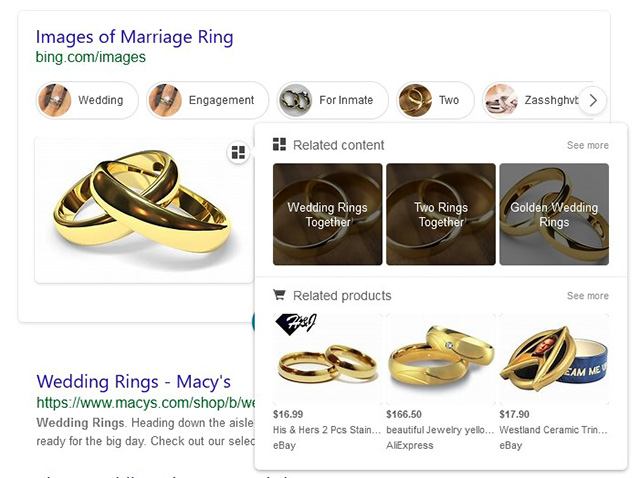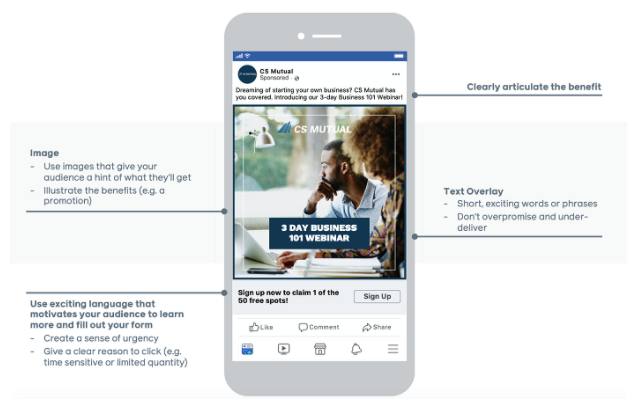Happy New Year Click-Through-Readers! The first full week back after the holidays was a lot. We hope to give you a nice break, and some important industry updates, to get you into your weekend.
This edition covers Google’s phasing out of Gmail campaigns, Amazon becoming earth’s biggest advertiser, improvements to Google’s similar audience lists, Google’s Explanations now being available on tCPA campaigns, tips from Facebook on how to maximize lead gen campaigns, the new Google Editor v1.5 rollout, and finally updates to how Google is prioritizing campaign recommendations based on your marketing goals. Let’s get to the news!
Amazon is Now Earth's Biggest Advertiser
Amazon is now "the biggest advertiser on Earth" after reporting annual advertising expenses of $11 billion. That is an increase of 34%, or $2.8 billion, year over year. The annual report from Amazon explains that, "We direct customers to our stores primarily through a number of marketing channels, such as our sponsored search, third-party customer referrals, social and online advertising, television advertising and other initiatives”.
The growth of Amazon’s ad spend puts it ahead of consumer packaged goods giants Procter & Gamble and Unilever as the world’s top advertiser. Last year Amazon ad spend accounted for nearly 2% of all spending globally.
Amazon also grew their revenue from selling ad space 39% year over year. The company now ranks fourth in the world for largest digital ad sales. The top three being Google, Facebook and Alibaba.
Bing Image Search Tests Related Content Feature & Icon
Microsoft Bing is testing a new feature on images it displays within its search results. This test shows a "related content" icon and results with an icon when you hover over images displayed in the Microsoft Bing search results.

Google Phasing Out Gmail Only Campaigns
Starting July 2021, new Gmail campaigns will not be an option and existing campaigns will not be editable. At that point, the only way to show up in Gmail ads is through Discovery campaigns. Through Discovery campaigns you cannot only target Gmail, so the ads will appear across Gmail, YouTube, and Discover placements.
Google Improves Similar Audience List Size Visibility
In one of the last advertising updates of the year, Google rolled out the ability to see estimates for Similar Audiences in Audience Manager. Similar audiences can be created based off of your remarketing and customer match lists. Previously, the only way to glean this information was to apply your similar audiences to a campaign. Visibility will be expanded in the future, but for now there are some limitations, lists must have more than:
- 20,000 users - Search
- 5,000 users - YouTube

Explanations expands to Target CPA campaigns on Search
Explanations help reduce the amount of time needed to diagnose reasons for performance change. Google has expanded Explanations to campaigns using Target CPA. Explanations can now tell you if your campaign was impacted directly because of changes to Target CPA. Keep in mind a couple things about Explanations:
- It can only compare 2 time periods of equal length in the past 90 days.
- Explanations may only show for campaigns with significant performance changes.

Tips Straight From Facebook on How to Maximize Lead Generation with Ads
Facebook has shared new tips for advertisers on how to get the most out of their lead gen efforts on the platform. They highlight 4 key areas to focus on to maximize the results of your lead gen campaigns:
- Lead Capture - Facebook emphasizes that brands should make sure their audience understands clearly what they’re signing up for and more importantly, why they should sign up or how it will benefit them. This will help ensure the right people are singing up and will be of more value to your company down the road.
- Lead Magnets - Adopt the “give before asking” mentality and offer something of value to your audience in return for their information. This could be giving away a free download or eBook, newsletter or webinar, free trial, or discount code. Providing value upfront helps to build trust and connection with your audience which could lead to a better relationship down the road.
- Landing Page - Your landing pages are key to getting people to sign up for what you’re asking. If your landing page matches what you’ve described in your ad, people will know what to expect and those who are truly interested will feel more comfortable giving their information, leading to higher quality leads. This also allows advertisers to set up Website Custom Audiences and retarget people who showed interest and got to your landing page, but weren’t ready to convert yet.
- Lead Scoring - Facebook recommends brands create a lead scoring matrix to help prioritize leads based on their engagement and intent. For example, someone who wants to get a quote for your product or service should have a different value than someone who wants to download your free guide.
On top of these four tips, Facebook also provided visual insight highlighting keys to building a successful lead generation ad with recommendations for both creative and copy.


These are some helpful tips and insights that can help refine your lead generation strategy and take advantage of the potential to reach your customers on Facebook’s powerful platform. You can read Facebook’s full article here.
Google Rolls Out Google Ads Editor v1.5
Google released new tools in its latest update for Ads Editor. This update includes resources that will help improve ad strength, add image extensions, and access to recommendations.
When in Ads Editor, you can now check ad strength in real time after adding in your bulk uploads. This is located in a new column next to your ads.

Google has also added in support for additional recommendation types. This includes ways to improve RSAs, and adopting tROAS.
Lastly, the new update also supports image extensions, allowing users to easily expand ads with additional information.
Joanna:
Google Prioritizes Recommendations Based on Campaign Goals
Google’s Optimization Scores and Recommendations are meant to provide insights into potential optimizations. These optimizations are tailored to the campaign’s goal.
Google is now making it easier to see what the top Recommendation is, therefore helping advertisers make impactful decisions. This top Recommendation is based on what will have the biggest benefit to the campaign’s goal.

Additionally, the Optimization score now highlights the campaign’s goal next to it so users are reminded what the scoring is based on.
